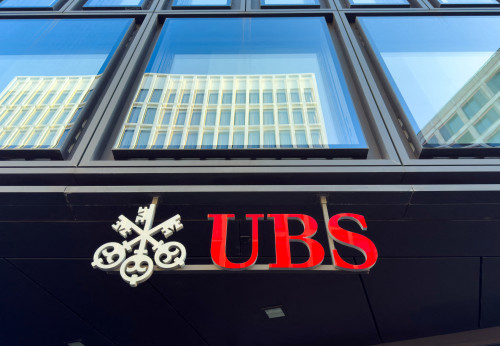By Chuck Mikolajczak
NEW YORK (Reuters) -U.S. stocks rebounded on Friday from sharp losses the day before on news of an improving consumer outlook on inflation, sending the Nasdaq to a fifth straight week of gains and record closing high.
The Commerce Department said new orders for key U.S.-manufactured capital goods rebounded more than expected in April while the University of Michigan reported that consumers’ inflation expectations improved in late May after deteriorating early in the month.
“The data has come in a little better than people thought this morning. Durable goods was a pretty solid number. … And then consumer sentiment, not great, but not bad, better than people expected,” said Rob Haworth, senior investment strategist at U.S. Bank Wealth Management in Seattle.
“This is a bounce where people are like maybe things aren’t as bad as we thought, maybe there’s room for the Fed to cut rates and the economy’s going to be OK, and we’re not completely falling apart.”
The Dow Jones Industrial Average rose 4.33 points, or 0.01%, to 39,069.59. The S&P 500 gained 36.88 points, or 0.70%, at 5,304.72 and the Nasdaq Composite advanced 184.76 points, or 1.10%, to 16,920.79.
Despite Friday’s gains, the Dow snapped its five-week rally a day after registering its largest daily percentage decline in over a year.
For the week, the Dow dropped 2.34%, the S&P edged up 0.03% and the Nasdaq gained 1.41%.
Trading volumes were subdued ahead of the Memorial Day market holiday on Monday.
U.S. stocks dropped on Thursday as economic data indicating rising price pressures tempered expectations for rate cuts this year from the Federal Reserve. This overshadowed Nvidia’s blowout quarterly results that helped justify investor expectations for growth in artificial intelligence related stocks.
Communication services gained 1.29% as the best performer among the 11 major S&P sectors, while tech and utilities each gained around 1%.
Markets are pricing in a 49.4% chance for a rate cut at the Fed’s September meeting, down from 54.8% a week ago, CME’s FedWatch Tool showed. Goldman Sachs pushed back its call for a first easing to September from July.
Small-cap stocks, sensitive to interest rates, also rebounded, with the Russell 2000 rising 1.04% after tumbling 1.6% on Thursday.
Workday plunged 15.33% after the human resources software provider cut its annual subscription revenue forecast.
Ross Stores rallied 7.89% after posting first-quarter results above estimates and raising its annual profit forecast.
With earnings season largely wrapped up, 77.9% of the 480 companies in the S&P 500 that have reported earnings have topped analysts’ expectations, LSEG data showed. That is just shy of the 79% beat rate over the past four quarters but above the 67% average since 1994.
Advancing issues outnumbered decliners by a 2.91-to-1 ratio on the NYSE and by a 1.85-to-1 ratio on the Nasdaq.
The S&P index recorded 28 new 52-week highs and six new lows, while the Nasdaq Composite recorded 68 new highs and 114 new lows.
Volume on U.S. exchanges was 10.36 billion shares, compared with the 12.22 billion average for the full session over the last 20 trading days.
(Reporting by Chuck Mikolajczak; Editing by Richard Chang)




